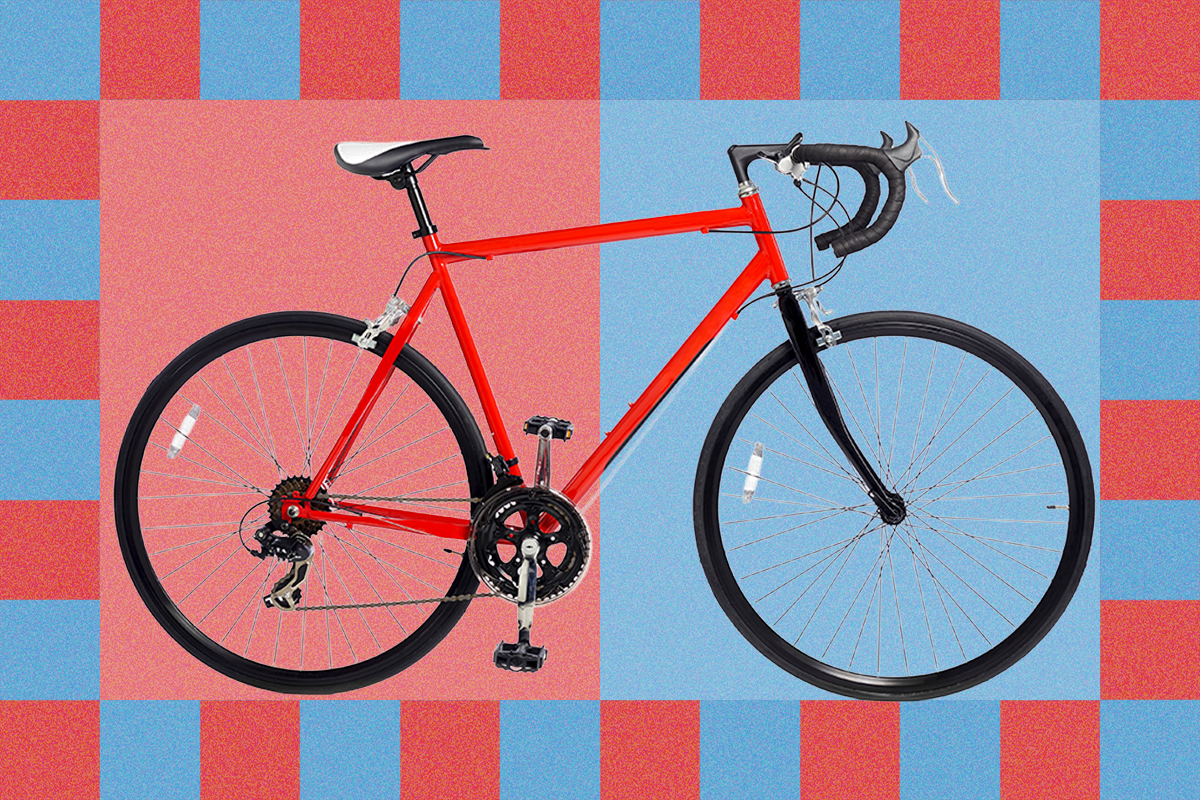All products featured on WIRED are independently selected by our editors. However, we may receive compensation from retailers and/or from purchases of products through these links.
Say you want to get a bicycle up and down hills with a minimal amount of pedal power. What do you do? The first option is simple: buy an electric bike. However, ebikes aren’t cheap. These days, the least expensive but still reliable ebike you can buy is Aventon Soltera 2.5, which costs around $1,200. You can rent an ebike, or find a city bike program that uses them, or, if you’re really lucky, find an ebike in a lending library.
Or you can just make your regular bike into an electric bike. That is, you can slap an aftermarket unit on your traditional bike, creating a motor-assisted ebike with little more than your bicycle and any of a variety of aftermarket power sources. What used to be a very niche field with only a small handful of offerings has become a cottage industry full of contenders and pretenders, and any number of startups offering a readymade conversion for your bike.
So how do you turn your traditional bike into an ebike? And what are some of the best offerings out there? We’ll walk you through it. If you don’t see anything you like, make sure you check out our guides to the Best Electric Bikes or the Best Electric Scooters.
Hot to Throt
Photograph: Ryan Waniata
Well, first, you need to decide what kind of conversion you want. There are two basic kinds of ebikes, pedal-assist and throttle, with many newer models boasting some combination of both.
Pedal assist is a mechanism that provides an added boost of electric power when you’re pedaling. Via the use of cadence and/or torque sensors (how fast your pedals are rotating and the power that’s being applied to them, respectively), pedal-assist units kick on at a certain point, making pedaling easier. Sometimes pedal assist can be so minimal, it’s difficult to tell just how much work you’re doing versus how much of the load your bike is handling.
Throttle units act more like a motorcycle or moped, allowing the rider to either twist a tube mounted near the handgrip or use a thumb-based knob to deliver immediate power to the wheels. Throttle-based ebikes can be ridden without pedaling.
When it comes to ebike conversions, where your power comes from and how it’s delivered can look several different ways. Some mechanisms deliver power to either your bicycle’s rear or front hub. Others are situated in the bottom bracket (that is, where the cranks meet the bike frame). And some newer conversion kits act something like a treadmill mounted to your bike, using rollers to help propel your wheel forward.
Roll the Clip
Photograph: Stephanie Pearson
Having said all that, it’s important to consider your level of bicycle know-how when it comes to what kind of ebike conversion you want to undertake. If you’re a wrencher, the conversion process is generally straightforward, regardless of the type of unit. If you can change a tire or swap out your cassette, you’ll probably be fine with a bit of trial and error and the help of YouTube tutorials. If you’re asking yourself, “What’s a cassette?” it’s probably best to visit your local bike shop and have a pro handle the work.
Those “treadmill” style conversion kits—such as the Rubbee X, Livall PikaBoost 2 rear-wheel units, or the Clip front-wheel unit—are typically the easiest to install, as you simply need to fix the machine to either your bike’s seatpost frame or its fork, make sure its rollers are contacting your tire, and off you go. However, that “contacting your tire” bit is a bit of a rub (pun intended), as the added contact with your rubber might lead to some extra wear.
As disc brakes are becoming ever more the norm (as opposed to a traditional rim brake), Skarper offers a conversion unit that is equally as simple to install to your bike’s disc-brake mounts and can be done by almost anyone who knows how to use an Allen wrench.
The cool thing about each of these aforementioned units is the ease with which they can be attached and removed, meaning your ebike conversion isn’t permanent. With them, you can use your road bike as a commuter during the week, yet keep on with your weekend group rides on the weekend.
Hub It Out
Courtesy of Bafang
If you’re looking for something more permanent (and way more powerful), units such as the Bafang M-Series replace your traditional bottom bracket with a motor that can deliver up to 1,000 watts of added power to the crank arms of your bike. However, as replacing a bottom bracket is one of the more involved things you can do on a bike, this isn’t something you’ll want to swap in and out.
Somewhere in between the clip-on ease of units like the PikaBoost and the more permanent solution the M-Series offers, are the aforementioned hub-based power units, which tuck motors into the hubs of your wheels. Many of these units also offer battery packs that are meant to be attached to your bike’s existing bottle cage mounts.
Among the many options for hub-based power units, it’s hard to beat the Zehus, which requires nothing more than replacing your existing rear wheel with a Zehus-outfitted wheel. Similarly, Cytronex, one of the earliest and longest-standing ebike brands around, offers a hub-based conversion kit that, while a bit more involved, should take no more than a few minutes of setup.
With the explosion in popularity in ebikes, this list is barely scratching the surface. For each of the units mentioned here, there are a dozen or more aftermarket competitors offering similar products. Do your research, talk to the experts at your local bike shop, and decide which unit is right for you and your needs. Once you do that, keep the rubber side down!
Power up with unlimited access to WIRED. Get best-in-class reporting that’s too important to ignore for just $2.50 $1 per month for 1 year. Includes unlimited digital access and exclusive subscriber-only content. Subscribe Today.




